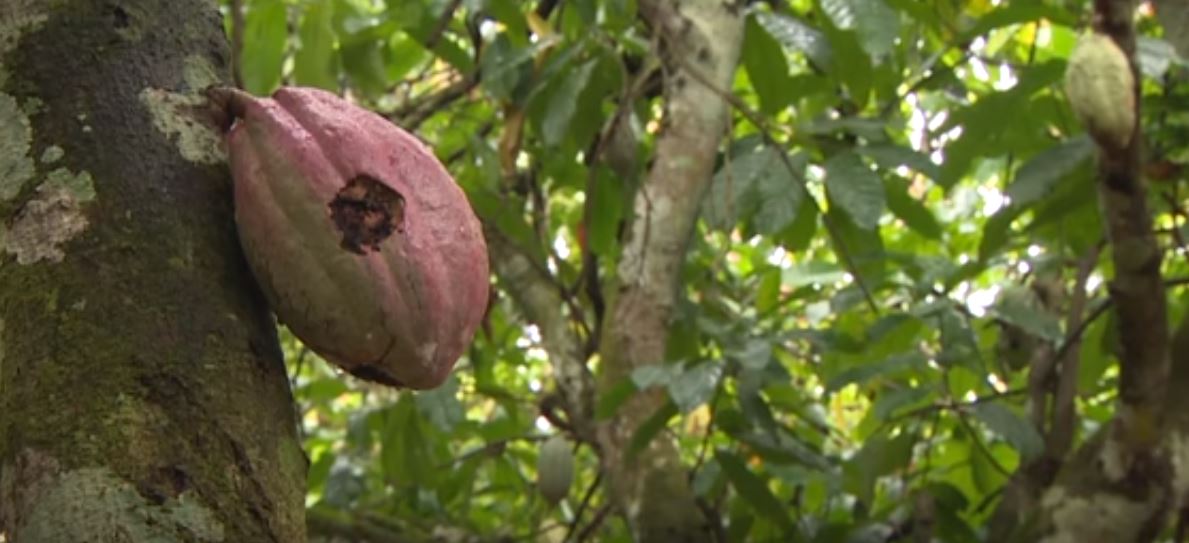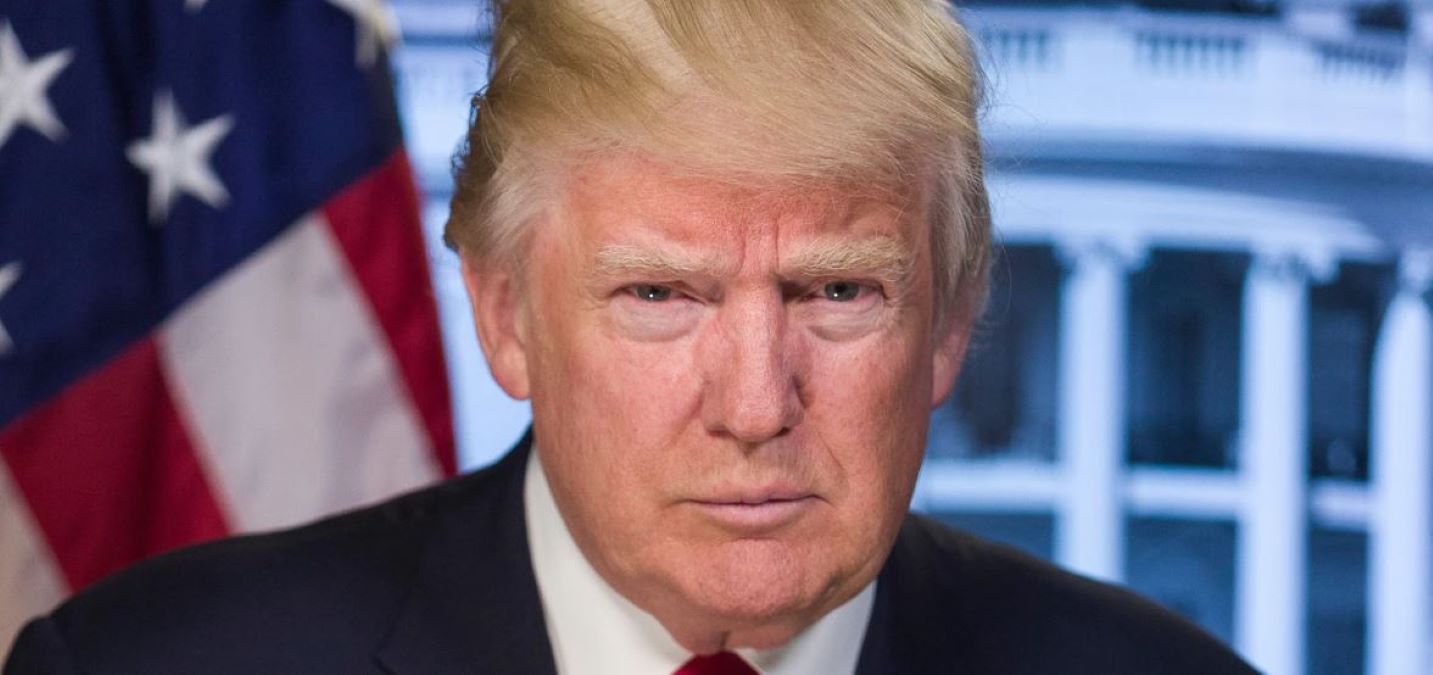American lawmakers are requesting to ban certain cocoa imports according to a recent report by Reuter. This has led the U.S. customs authorities to ask traders to report any encounters with child labour in their cocoa trade and supply chains. The request focuses on Ivory Coast who are the prime grower of the cocoa in Africa.
With their authority, U.S. Customs and Border Patrol (CBP) were asked by two senators of the U.S to bar Ivorian cocoa produced by forced labour.
The World Cocoa Foundation disagrees with the idea of banning cocoa imports. They said the use of forced child labour in Ivory Coast is rare and also the idea would push millions of farmers into deep poverty.
Cargill, Barry Callebaut, Olam, Sucden and Ecom exports 90% of Ivory Coast’s cocoa. These companies are not meeting with the standard agreed to reduce the worst form of child labour from supply lines in West Africa.
What you should know about cocoa trade and child labour in Africa
As a consumer, you probably already have an idea of how and who farms that the cocoa used for chocolate. You will probably not need chocolate anymore if you know some the farming process.
At least 2.1 million children in Africa especially Ivory Coast and Ghana work in cocoa farms according to Fortune magazine. Many are below 11 years and slavers pay only a dollar to get them into cocoa harvesting. There is no protective gears to use in the cocoa harvest which is a hazardous process.
Cocoa farmers trade the harvest with multimillion companies but are among the poorest in Africa. Cocoa trade is a chain that links many small groups. Before cocoa gets to the manufacturer, this link swallows lots of money in the middle.
Follow us on Facebook and Twitter and send us stories on contact@africareinvented.com




